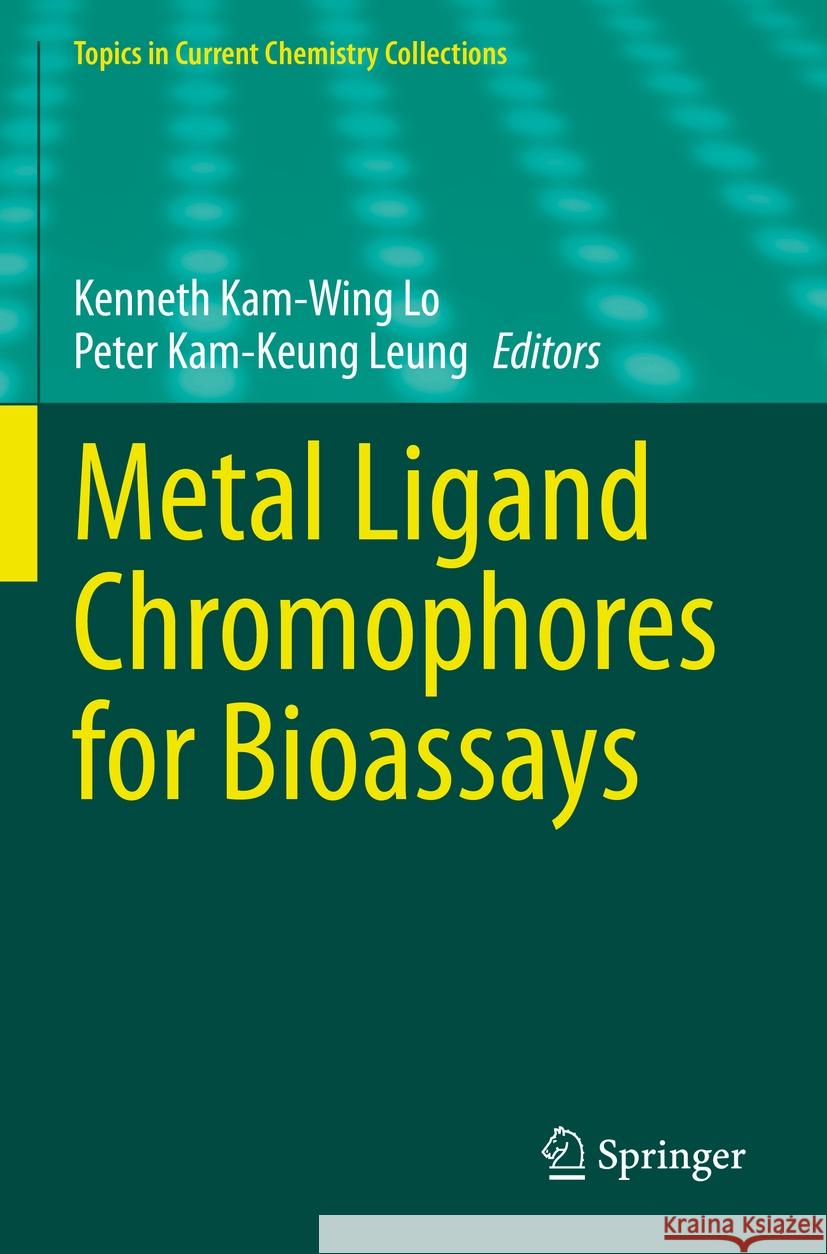Metal Ligand Chromophores for Bioassays » książka
topmenu
Metal Ligand Chromophores for Bioassays
ISBN-13: 9783031198656 / Angielski / Miękka / 2023
Metal Ligand Chromophores for Bioassays
ISBN-13: 9783031198656 / Angielski / Miękka / 2023
cena 1127,15
(netto: 1073,48 VAT: 5%)
Najniższa cena z 30 dni: 1079,53
(netto: 1073,48 VAT: 5%)
Najniższa cena z 30 dni: 1079,53
Termin realizacji zamówienia:
ok. 22 dni roboczych.
ok. 22 dni roboczych.
Darmowa dostawa!
The series Topics in Current Chemistry Collections presents critical reviews from the journal Topics in Current Chemistry organized in topical volumes. The scope of coverage is all areas of chemical science including the interfaces with related disciplines such as biology, medicine and materials science. The goal of each thematic volume is to give the non-specialist reader, whether in academia or industry, a comprehensive insight into an area where new research is emerging which is of interest to a larger scientific audience.
Each review within the volume critically surveys one aspect of that topic and places it within the context of the volume as a whole. The most significant developments of the last 5 to 10 years are presented using selected examples to illustrate the principles discussed. The coverage is not intended to be an exhaustive summary of the field or include large quantities of data, but should rather be conceptual, concentrating on the methodological thinking that will allow the non-specialist reader to understand the information presented. Contributions also offer an outlook on potential future developments in the field.
Chapters “Metal Peptide Conjugates in Cell and Tissue Imaging and Biosensing”, “Luminescent Metal Complexes as Emerging Tools for Lipid Imaging” and “Determination and Imaging of Small Biomolecules and Ions Using Ruthenium(II) Complex‑Based Chemosensors” are available open access under a CC BY 4.0 License via link.springer.com.











